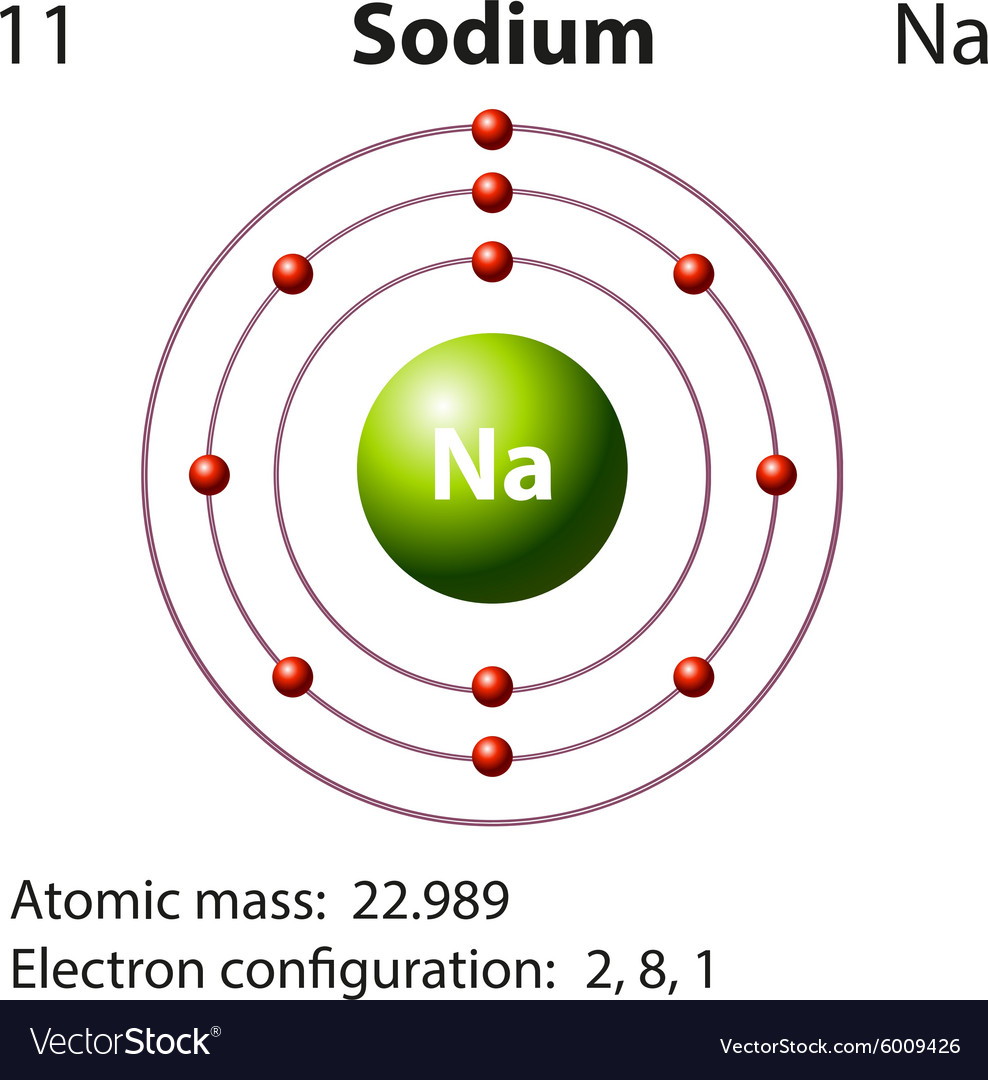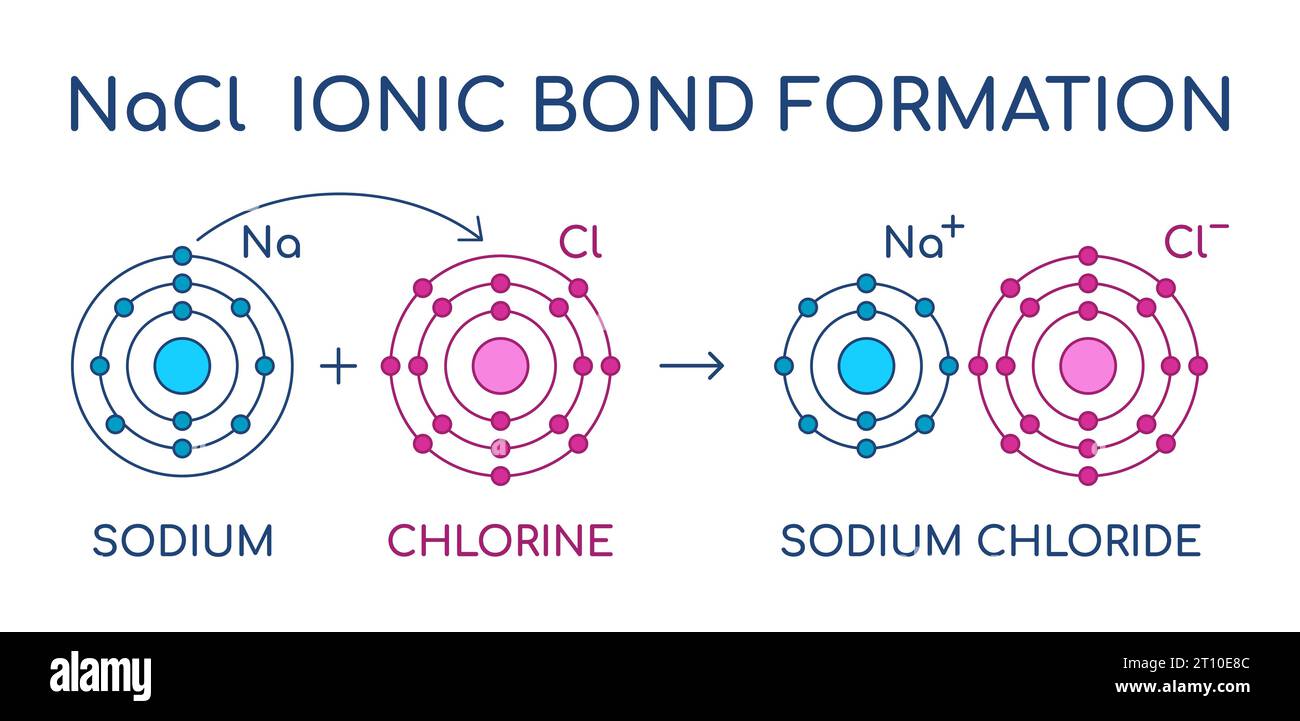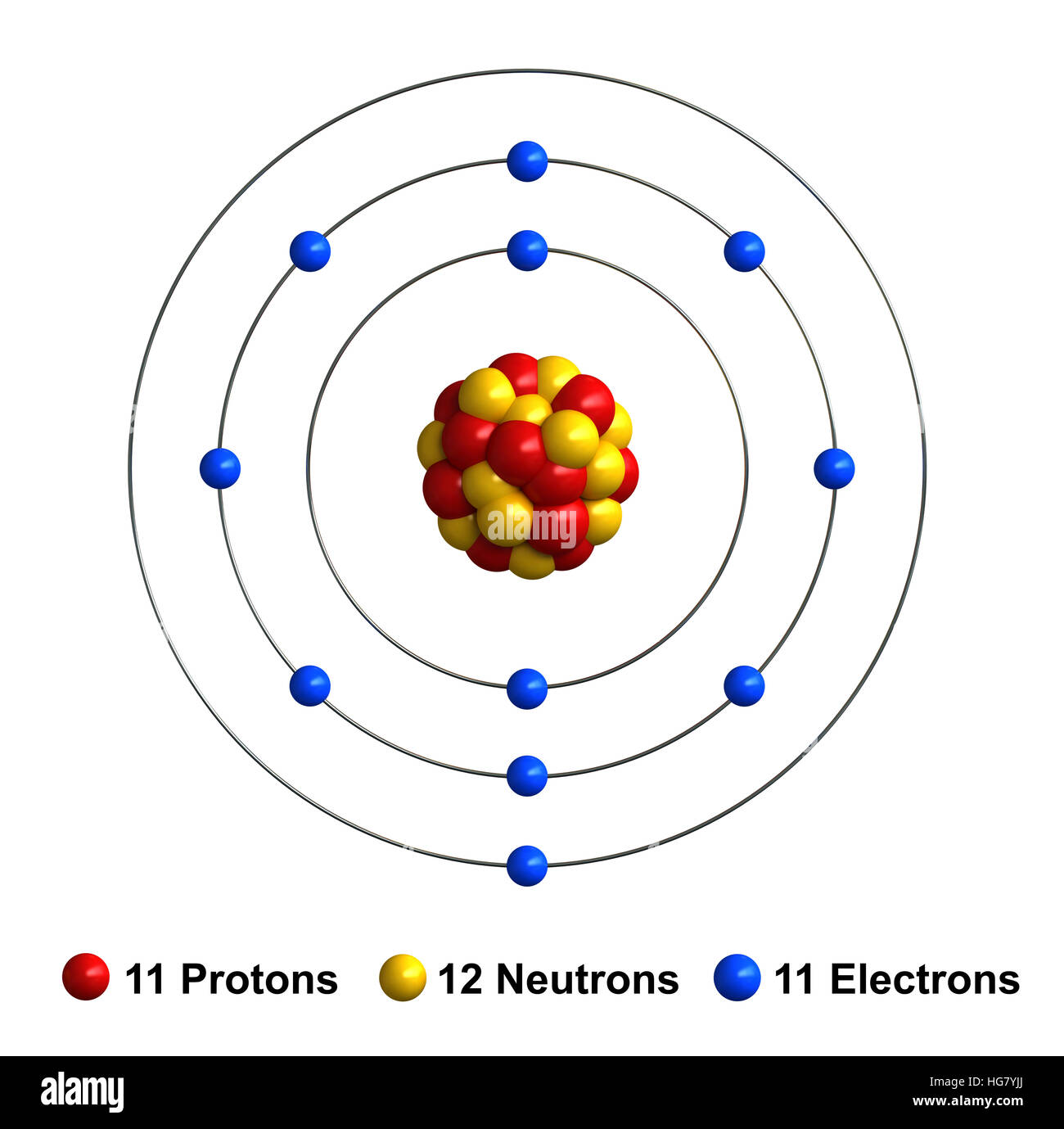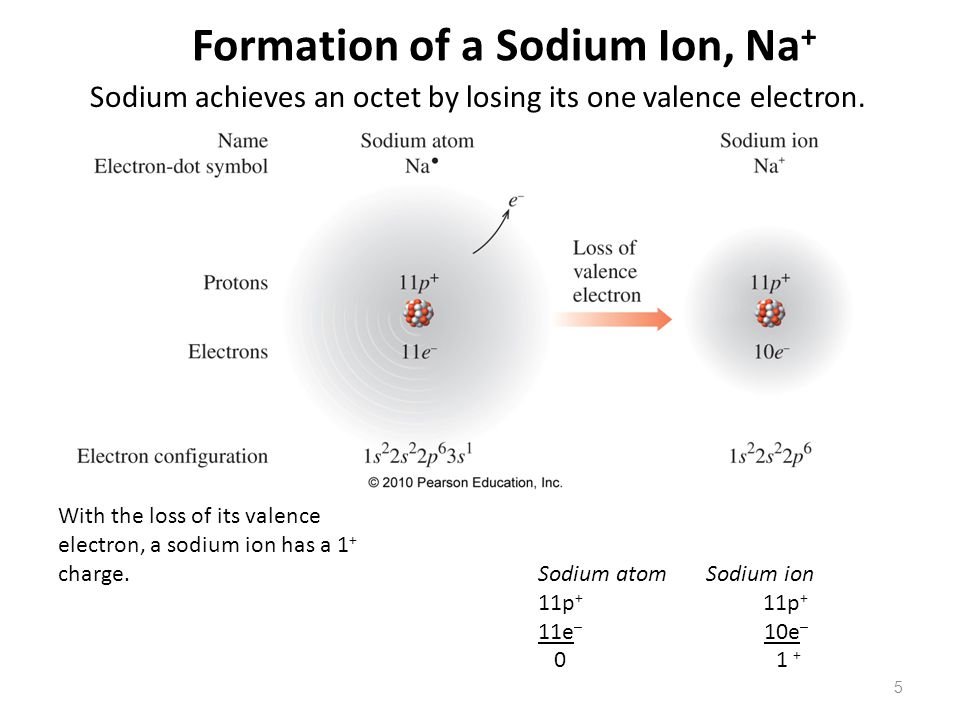To Form An Ion A Sodium Atom - When sodium loses its outermost electron, the atom transforms. Ions form when atoms lose or gain electrons close electron subatomic particle, with a negative. A neutral sodium atom consists of 11 protons and 11 electrons. The sodium ion, na +, has the electron configuration with an octet of electrons. When sodium atoms form ions, they always form a 1+ charge, never a 2+ or 3+ or even 1− charge. (i) formation of sodium ion: Ions form when atoms lose or gain electrons close electron subatomic particle, with a negative.
(i) formation of sodium ion: A neutral sodium atom consists of 11 protons and 11 electrons. Ions form when atoms lose or gain electrons close electron subatomic particle, with a negative. When sodium atoms form ions, they always form a 1+ charge, never a 2+ or 3+ or even 1− charge. Ions form when atoms lose or gain electrons close electron subatomic particle, with a negative. When sodium loses its outermost electron, the atom transforms. The sodium ion, na +, has the electron configuration with an octet of electrons.
Ions form when atoms lose or gain electrons close electron subatomic particle, with a negative. Ions form when atoms lose or gain electrons close electron subatomic particle, with a negative. When sodium atoms form ions, they always form a 1+ charge, never a 2+ or 3+ or even 1− charge. When sodium loses its outermost electron, the atom transforms. (i) formation of sodium ion: The sodium ion, na +, has the electron configuration with an octet of electrons. A neutral sodium atom consists of 11 protons and 11 electrons.
How To Draw A Sodium Ion Image to u
When sodium loses its outermost electron, the atom transforms. The sodium ion, na +, has the electron configuration with an octet of electrons. When sodium atoms form ions, they always form a 1+ charge, never a 2+ or 3+ or even 1− charge. Ions form when atoms lose or gain electrons close electron subatomic particle, with a negative. Ions form.
Sodium Atom Bohr Model Vector Illustration 267662272
The sodium ion, na +, has the electron configuration with an octet of electrons. A neutral sodium atom consists of 11 protons and 11 electrons. When sodium atoms form ions, they always form a 1+ charge, never a 2+ or 3+ or even 1− charge. Ions form when atoms lose or gain electrons close electron subatomic particle, with a negative..
Sodium Chloride ionic bond formation. NaCl structure. Sodium and
The sodium ion, na +, has the electron configuration with an octet of electrons. When sodium loses its outermost electron, the atom transforms. (i) formation of sodium ion: A neutral sodium atom consists of 11 protons and 11 electrons. Ions form when atoms lose or gain electrons close electron subatomic particle, with a negative.
When A Sodium Atom Reacts With A Chlorine Atom To Form A Compound The
Ions form when atoms lose or gain electrons close electron subatomic particle, with a negative. Ions form when atoms lose or gain electrons close electron subatomic particle, with a negative. The sodium ion, na +, has the electron configuration with an octet of electrons. When sodium atoms form ions, they always form a 1+ charge, never a 2+ or 3+.
Draw a diagram to show the electronic structure of a sodium Quizlet
The sodium ion, na +, has the electron configuration with an octet of electrons. When sodium atoms form ions, they always form a 1+ charge, never a 2+ or 3+ or even 1− charge. When sodium loses its outermost electron, the atom transforms. A neutral sodium atom consists of 11 protons and 11 electrons. Ions form when atoms lose or.
Sodium Ion Bohr Model
The sodium ion, na +, has the electron configuration with an octet of electrons. (i) formation of sodium ion: Ions form when atoms lose or gain electrons close electron subatomic particle, with a negative. A neutral sodium atom consists of 11 protons and 11 electrons. When sodium atoms form ions, they always form a 1+ charge, never a 2+ or.
Structure Of Sodium Atom Hot Sex Picture
A neutral sodium atom consists of 11 protons and 11 electrons. The sodium ion, na +, has the electron configuration with an octet of electrons. When sodium atoms form ions, they always form a 1+ charge, never a 2+ or 3+ or even 1− charge. Ions form when atoms lose or gain electrons close electron subatomic particle, with a negative..
The structure of the sodium atom is shown in the figure given alongside
Ions form when atoms lose or gain electrons close electron subatomic particle, with a negative. Ions form when atoms lose or gain electrons close electron subatomic particle, with a negative. When sodium atoms form ions, they always form a 1+ charge, never a 2+ or 3+ or even 1− charge. The sodium ion, na +, has the electron configuration with.
Solved Two students worked together to create a bohr model of a sodium
(i) formation of sodium ion: The sodium ion, na +, has the electron configuration with an octet of electrons. Ions form when atoms lose or gain electrons close electron subatomic particle, with a negative. A neutral sodium atom consists of 11 protons and 11 electrons. When sodium atoms form ions, they always form a 1+ charge, never a 2+ or.
Formation+of+a+Sodium+Ion,+Na+
(i) formation of sodium ion: The sodium ion, na +, has the electron configuration with an octet of electrons. When sodium atoms form ions, they always form a 1+ charge, never a 2+ or 3+ or even 1− charge. Ions form when atoms lose or gain electrons close electron subatomic particle, with a negative. A neutral sodium atom consists of.
A Neutral Sodium Atom Consists Of 11 Protons And 11 Electrons.
When sodium loses its outermost electron, the atom transforms. The sodium ion, na +, has the electron configuration with an octet of electrons. Ions form when atoms lose or gain electrons close electron subatomic particle, with a negative. Ions form when atoms lose or gain electrons close electron subatomic particle, with a negative.
When Sodium Atoms Form Ions, They Always Form A 1+ Charge, Never A 2+ Or 3+ Or Even 1− Charge.
(i) formation of sodium ion:








